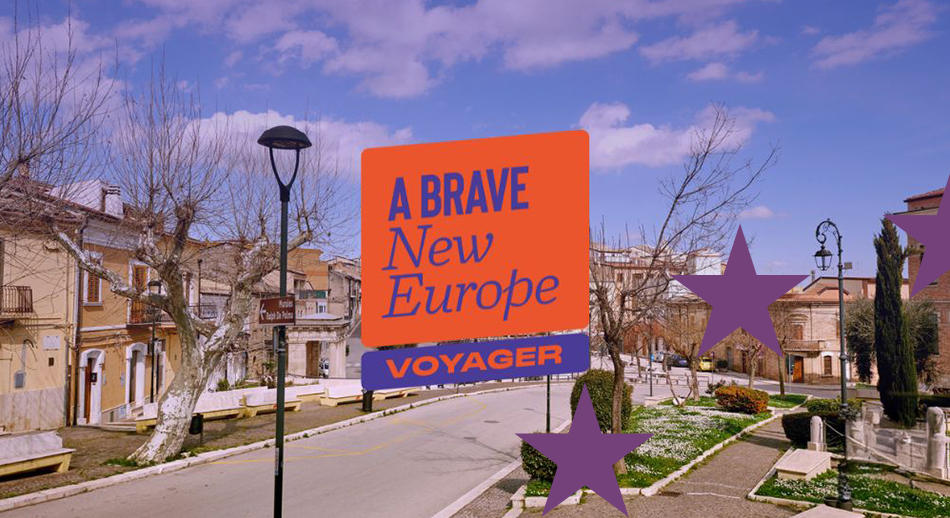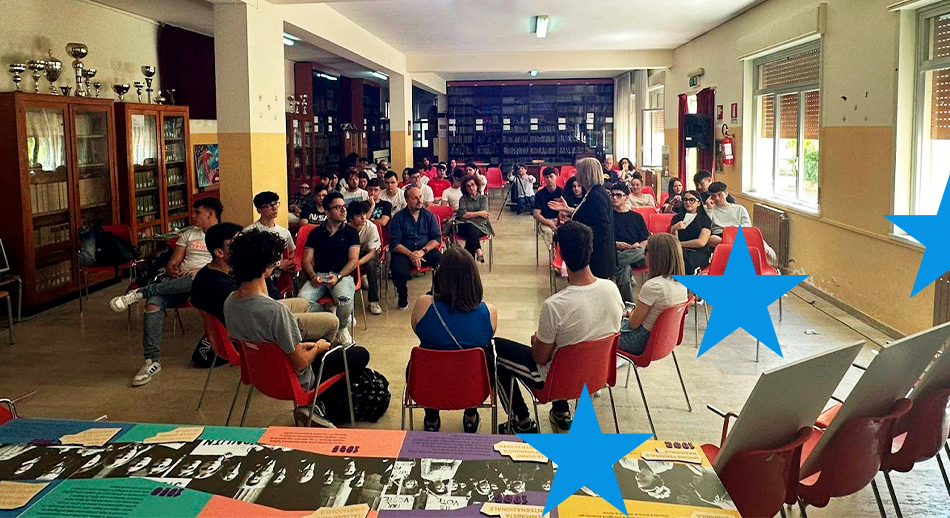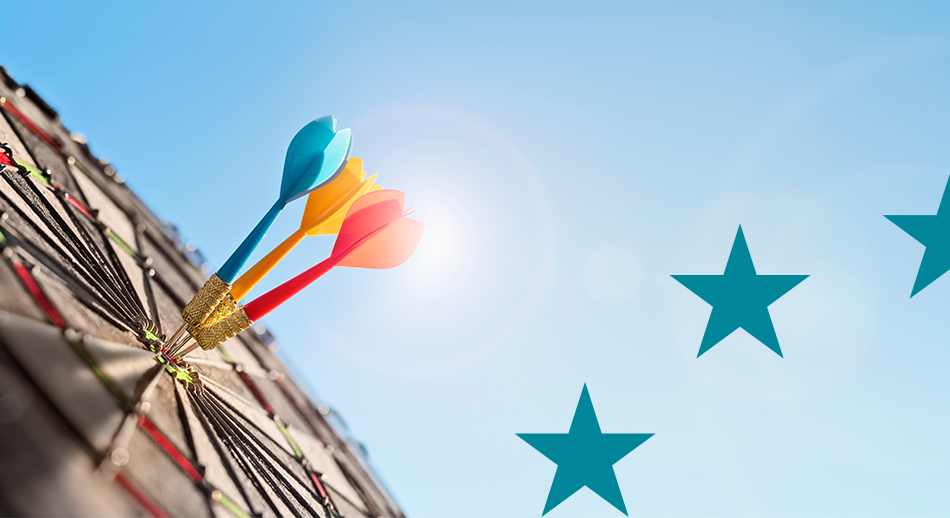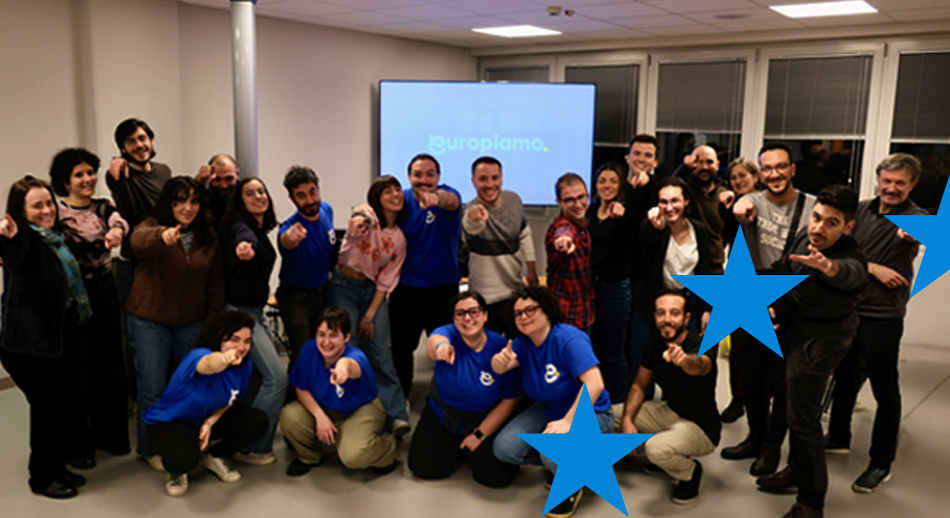A European project and a team of specialists to tell citizens about European projects and issues crucial to Europe’s future.
A Brave New Europe: a European project (replicated in three editions) to tell about European projects
The first question our Guide answers is as simple as it is broad and complex: what are European projects? In our pages we answer in many ways: European projects are an opportunity and a resource, a stimulus to grow and improve one’s business, a path to develop links and partnerships, a way to respond to common challenges, a way to “make policy” through concrete actions.
One of the most effective ways to answer the question, which we have fully embraced in one of our columns, is to tell the story and experience of those who have implemented them. In these stories we capture the importance and capacity of European projects to transform people, organizations and local organisations.
Dedicated to these stories is a project called “A Brave New Europe“, aimed at acquainting citizens with European cohesion policy projects and how the action of European funds can improve the daily lives of people and local communities; but also, the areas where more, and better, could be done through European funds.
“A Brave New Europe” is a European project, funded in three editions: in 2021 (“A Brave New Europe”), 2022 (“A Brave New Europe – Next Generation”) and 2023 (“A Brave New Europe – Voyager”). It was produced by Slow News and Percorsi di Secondo Welfare, joined by other major partners: Internazionale, Zai.net, Revue Dessinée Italia, Radio Popolare and Le Grand Continent.
The project involved a dense network of journalists, researchers, and experts, who showed with different stories and languages (articles, podcasts, videos, and comic book journalism) how “a bolder Europe” can be concretely achieved.
In the three editions of “A Brave New Europe,” an extensive collection of materials has been produced, whose spirit, goals and way of communicating we share. The tools developed by the project are an important addition to other in-depth platforms offered among our pages.
We offer a quick review of them: collectively, they represent a voice that tells the story of European projects in a concrete, brilliant, sharp and insightful way.
A Brave New Europe: the thematic series
Most of the content of “A Brave New Europe” is hosted on the website of Slow News, the project’s lead partner. The approximately 90 episodes, which tell the story, impact, progress and limitations of numerous projects, policies and programs supported through cohesion funds, are organized by thematic series.
- The Basics of Cohesion.: 9 episodes to understand Cohesion Policy and its effects on our lives. This series addresses some interesting questions related to one of the European Union’s major policies and budget headings: What is it, what is it for, and how does the European Union Cohesion Policy work? Is cohesion policy working? Are we spending European cohesion policy money? Why do regional gaps persist after years of Cohesion Policy? Will the green transition also be just? Who got the most funds from the EU cohesion policy?
- Cohesion and surveillance.: 4 episodes chronicling the contribution of Structural Funds to “smart cities,” with an in-depth look at the cases of Rome and Venice;
- Beyond Steel.: 3 episodes to narrate the role of the Just Transition Fund in the urban regeneration (post-ILVA) of the city of Taranto;
- The Sulcis Way.: 5 episodes to tell the story of the Just Transition Fund’s role in the energy, economic and environmental transition of Sulcis Inglesiente in Sardinia;
- Suspended Madonie: 4 episodes to tell the story of the role of Structural Funds and the National Strategy Internal Areas for the economic and social development of the Madonie in Sicily;
- Biccari is on the move: 4 episodes on the experience of Biccari, a town in Puglia where the effects of Cohesion Policy are being felt on forests, tourism, public spaces and housing;
- The Other Elba: 4 episodes on the role of Structural Funds in shaping the many faces of the island of Elba, including tourism, infrastructure, sustainability and the typical problems of “smaller islands.”
- Geopolitical Changes and Cohesion.: 5 episodes devoted to geopolitical and strategic aspects of Cohesion Policy: the Mediterranean, major global challenges, and the future of Cohesion Policy;
- Double Standard Reception.: 5 episodes on the role of Cohesion Policy funds in the reception and temporary protection of people fleeing Ukraine;
- Tourism is a complex object: 5 episodes on the role of Structural Funds in tourism governance, between large and small projects, sustainability and local development;
- Does corporate welfare have a future?: 5 episodes on the role Structural Funds can play in promoting corporate welfare and work-life balance projects;
- Aging in the oldest country in the EU.: 4 episodes on the role Structural Funds can play in promoting active aging and senior housing projects;
- Poverty affects us allə.: 5 episodes on the role Structural Funds can play in promoting projects to combat economic, housing and educational poverty;
- Does anyone think about the children?: 5 episodes on the role Structural Funds can play in promoting the creation of daycare centers and projects to combat educational poverty;
- Is regenerating Italy a possible challenge?: 6 episodes on the role Structural Funds can play in promoting urban regeneration projects and brownfield redevelopment;
- Digital Transition: 4 episodes on the role Structural Funds can play in promoting digital transition-and making it an opportunity to combat inequality;
- The Energy of Communities.: 5 episodes on the role Structural Funds can play in promoting self-generation, energy efficiency and clean energy projects;
- Mobility is changed from the head: 5 episodes on the role Structural Funds can play in promoting ecologically, economically and socially sustainable mobility projects.
A Brave New Europe: the other instruments
The Slow News website offers a number of other interesting tools produced by the “A Brave New Europe” project partnership.
First of all, it proposes a complete archive of articles, which also includes some short insights not part of the main “series” (for example: a short article also expressing some of our difficulties with links to the web pages of official sites).
It also offers an interactive map that allows you to search local organisations (throughout Italy, and some other countries in Europe) for project experiences mentioned by articles and episodes of “A Brave New Europe.”
We find projects in Turin (at Officine Grandi Riparazioni) and in the province of Cuneo, in Lombardy (in Milan, Brugherio and Pavia), in Bolzano, Treviso and Venice, on the island of Elba and Lipari, in the Asiago mountains and on the Madonie Mountains, in Sardinia and Sicily(Acireale, Caltanissetta and Palermo), in Apulia and Calabria, in Rome and Naples, to name a few.
Finally, the project developed a web mini-comedy in five episodes. It stars journalists from a fictional newspaper, called “La Smonta,” who address in ironic and bittersweet tones various topical issues covered by the project: the elderly, mobility, energy, migrants and poverty. It is a production that underscores the importance of serious and documented information on issues affecting Europe and its citizens.
Other articles, multimedia materials and insights can be found on websites of other project partners:
- Pathways to Second Welfare, which summarizes most of the articles and insights,
- International, which devotes some 20 in-depth articles to the themes of A Brave New Europe,
- Zai.net, which offers additional articles, insights plus 12 interviews and podcasts on its dedicated RadioZainet portal,
- Revue Dessinée Italia, which has produced a series of four comic books devoted to European funds (“A Mountain of Money,” “The Bubble,” “The Fog,” and “The Jungle”),
- Radio Popolare, which offers 23 podcasts that capture the articles and insights produced by the project,
- Le Grand Continent, which edited the more geopolitical and strategic part of the content.
We will devote an upcoming interview to Pathways to Second Welfare., a research and information laboratory that, as a scientific partner of the project, has given academic consistency and horizon to the analysis of projects supported by cohesion funds, the contexts in which they develop, and the trends and dynamics most important for their success. In a future article we will recount its activity, experience and journey on European projects.
We leave you to read the materials of “A Brave New Europe” and the content developed by the project partners. A tool that deepens and illustrates what is also for us a fundamental question: what are and what do European projects produce?




